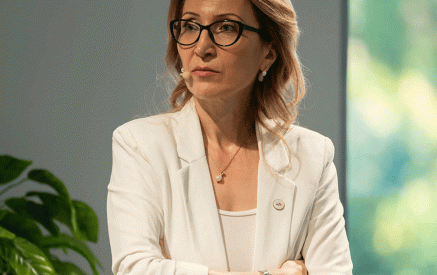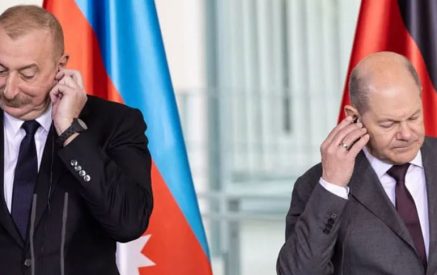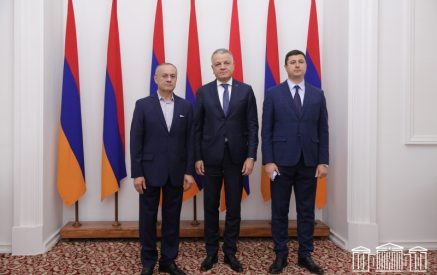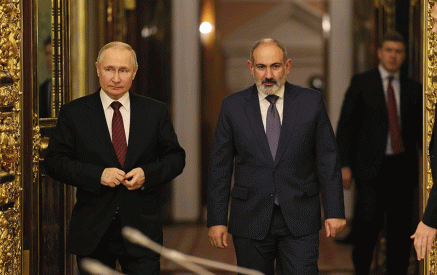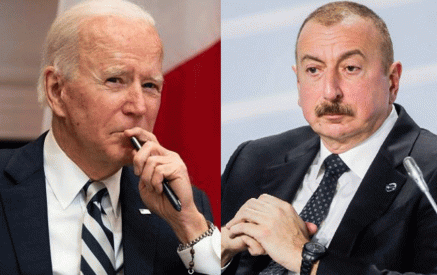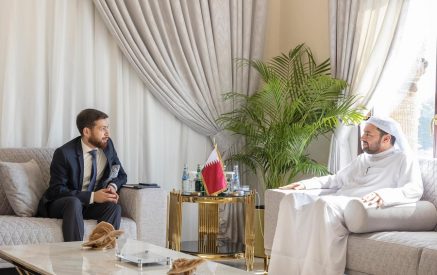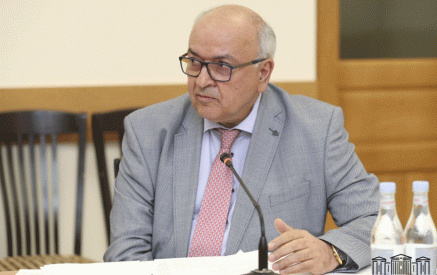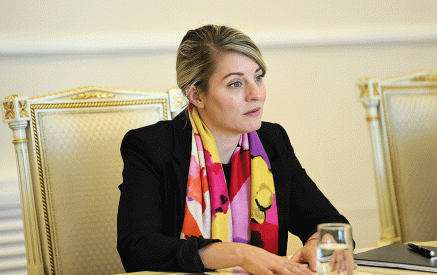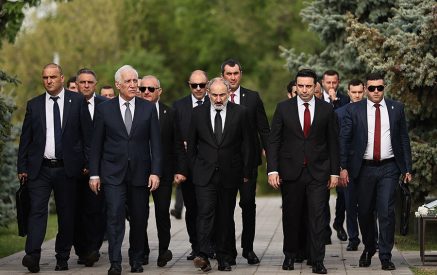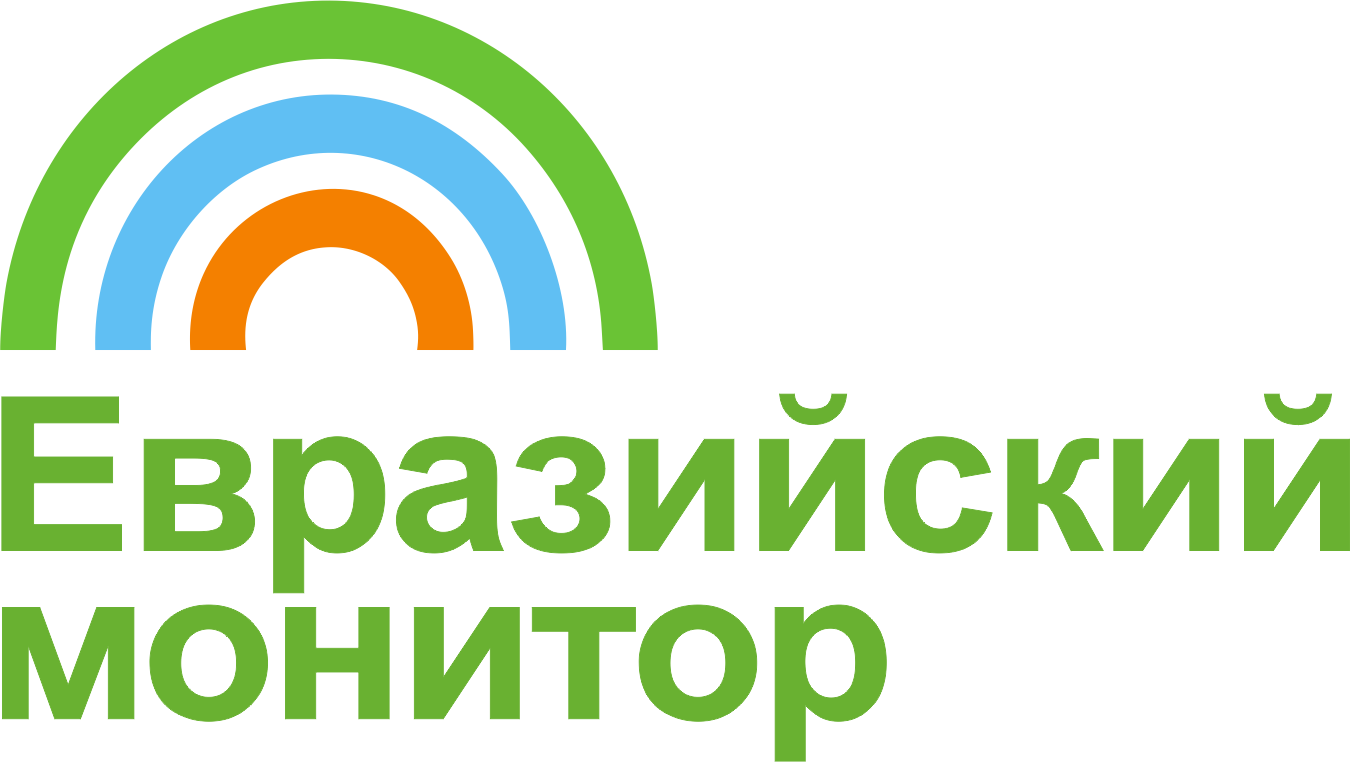In Belarus, Kazakhstan and Russia public support for the Customs Union and the Single Economic Space (SES) remains high at 65%, 73% and 67% respectively, as shown by the second survey of public preferences in the CIS with respect to various issues of Eurasian integration undertaken by Eurasian Development Bank’s (EDB) Centre for Integration Studies and the Eurasian Monitor international research agency. More than 14,000 people in eleven CIS countries and Georgia were polled – between 1,000 and 2,000 in each of the countries.
As compared to 2012, the survey has shown that public support for the Customs Union and the SES reduced by 7% in Kazakhstan and 5% in Russia. This happened, largely, because of the increase in the number of respondents who stated they were indifferent to the participation of their countries in the Customs Union and the SES. In Belarus the level of support for its membership of the Customs Union and the SES grew from 60% to 65%.
Among non-members, the highest level of public support for possible joining these two structures was expressed in Uzbekistan (77%), Tajikistan (75%), Kyrgyzstan (72%) and Armenia (67%). An interesting fact is that Georgian citizens also express significant support for the country’s joining the Customs Union and the SES: the share of positive answers has doubled over a year to 59%. This suggests that cooperation between Georgia and the Customs Union countries should be stepped up.
In Ukraine and Moldova 50% and 54% of the public respectively support the Customs Union. However, compared to 2012, the share of negative attitudes to the Customs Union has grown from 7% to 24% in Moldova and from 5% to 28% in Ukraine.
Azerbaijan has demonstrated the lowest level of support for joining the Customs Union and the SES (37%). At the same time the country’s population has shown the record high level of negative attitudes to both unions (53%).
However, along with predominantly high assessment of the Customs Union, The Integration Barometer has also fixed troubling signs in the area of investment attractiveness, research cooperation and education.
In particular, the most attractive source of foreign capital is the countries “of the rest of the world” (beyond the European Union and the CIS region). The highest contributions to this result were made by Tajikistan (66%, although this figure decreased by 9% year-on-year, and the priority for it is China), Georgia (60%, the U.S.), Uzbekistan (62%, Japan) and Azerbaijan (56%, Turkey). The EU capital attracts predominantly the citizens of Moldova (58%, up 7% year-on-year), Ukraine (55%, up 15%) and Russia (43%).
Investments from the former Soviet countries are mainly preferred by respondents from the Central Asian region: Kyrgyzstan (71%), Tajikistan (63%) and Uzbekistan (60%). The interest in CIS investments is growing in Georgia (+13% compared to 2012) and Uzbekistan (+11%). In terms of attractiveness, Russia remains the leading CIS country. In Tajikistan the economic attraction of the CIS countries has weakened.
Among key partners in the area of research, the leading countries are again those beyond the CIS and EU (primarily Japan and the U.S.). These received the highest ratings in Tajikistan (70%), Uzbekistan and Turkmenistan (67% in each), Azerbaijan (62%) and Georgia and Russia (61% in each), followed closely by Kazakhstan (59%), Ukraine (57%) and Belarus (56%). The EU cluster is preferred by the citizens of Moldova (55%), Ukraine (53%, up 9% year-on-year) and Georgia. The former Soviet Union group was the most popular in Kyrgyzstan only (63%).
The CIS region is characterised by low competitiveness in the area of education. The most attractive countries in terms of education are the EU member states (preferred by 58% of respondents in Georgia, 47% in Armenia, 45% in Ukraine and 34% in Russia) and these figures are growing.
A separate issue is the demand for goods supplied from neighbouring countries. The Belarusian products are obviously popular. In terms of competitiveness, Ukraine’s citizens have ranked Belarusian goods (20%) second after Russian supplies and in Russia Belarusian goods are the most preferred supplies (20% of responses as well).
If to combine three factors – economy, politics and culture – the priority vector for a relative majority of the respondent countries is the post-Soviet space and the key factor for this choice is political. Respondents from seven countries (Armenia, Belarus, Kazakhstan, Kyrgyzstan, Tajikistan, Turkmenistan and Uzbekistan) expressed their orientation to the post-Soviet space in 2013.
In terms of integration preferences, respondents from Russia, Georgia, Moldova and Ukraine predominantly favour the European Union (the U.S. in Georgia and Russia in Moldova are comparable preferences). In Azerbaijan third countries, primarily Turkey, are mostly preferred. The autonomy indicator (“no attraction for any country”) is at the same time high in Russia and Ukraine and, with respect to certain questions, in Armenia, Kazakhstan, Turkmenistan and Uzbekistan.
The Integration Barometer has proven Azerbaijan’s predominant orientation to Turkey. In Georgia a noticeable positive dynamics of preferences for the CIS region in many areas and in particular with respect to the Customs Union and the SES was recorded.
Moldova, Ukraine and, in part, Uzbekistan demonstrate multi-vectored integration preferences among their citizens. At the same time, the population of Russia, which remains a centre of attraction for many former Soviet countries, does not show an apparent inclination for integration, preferring autonomy instead.



